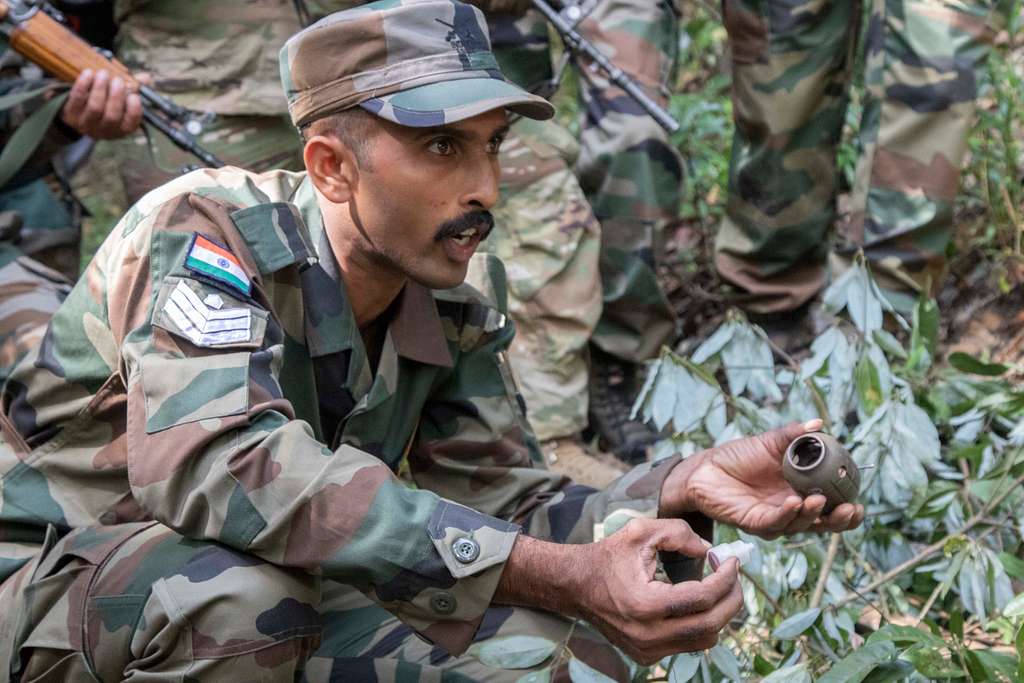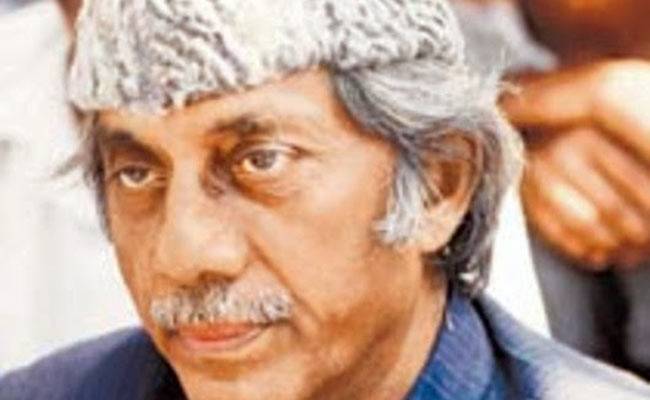The 26/11 attacks, also known as the Mumbai attacks, were a series of coordinated terrorist attacks that took place in Mumbai, India, from November 26 to November 29, 2008. These attacks were one of the most significant acts of terrorism in India’s history, resulting in widespread devastation, loss of life, and lasting trauma. This essay will delve into the details of the 26/11 attacks, including the events leading up to them, the execution of the attacks, their aftermath, and their broader implications.
Background:
The roots of the 26/11 attacks can be traced back to the longstanding tensions between India and Pakistan, particularly over the disputed region of Kashmir. Pakistan-based militant groups, such as Lashkar-e-Taiba (LeT), had been carrying out attacks in India for years, with the aim of destabilizing the region and advancing their extremist agenda.
Execution of the Attacks:
On the evening of November 26, 2008, ten gunmen affiliated with LeT arrived in Mumbai via sea routes from Karachi, Pakistan. They split into multiple teams and launched coordinated attacks at several key locations across the city, including the Taj Mahal Palace Hotel, Oberoi Trident Hotel, Nariman House (a Jewish community center), and Chhatrapati Shivaji Terminus (CST) railway station, among others.
The attackers, armed with assault rifles, grenades, and explosives, indiscriminately targeted civilians, including hotel guests, commuters, and residents. They also took hostages and engaged in prolonged gun battles with security forces. The attacks lasted for nearly three days, during which the entire city of Mumbai was gripped by fear and chaos.
Response and Counterattack:
The 26/11 attacks prompted a swift and coordinated response from Indian security forces, including the Mumbai Police, National Security Guard (NSG), and Indian Army. Special forces were deployed to neutralize the terrorists and rescue hostages trapped in the besieged buildings. The operation to retake control of the affected sites was fraught with challenges, including the complex layout of the buildings, the presence of civilians, and the heavily armed terrorists.
Despite these challenges, the security forces displayed courage, professionalism, and resilience in their efforts to thwart the attackers and minimize civilian casualties. The counterattack culminated in the elimination of all ten terrorists, albeit at a significant cost in terms of lives lost and injuries sustained by security personnel and civilians.
Casualties and Losses:
The 26/11 attacks resulted in a tragic loss of life and left a lasting impact on the city of Mumbai and the nation as a whole. A total of 166 people were killed, including civilians, security personnel, and foreigners. Hundreds more were injured, many of whom suffered life-altering physical and psychological trauma.
The attacks also caused extensive damage to the targeted sites, including iconic landmarks such as the Taj Mahal Palace Hotel, which bore the brunt of the assault. The psychological toll of the attacks was equally profound, as the people of Mumbai grappled with feelings of fear, anger, and grief in the aftermath of the violence.
International Response:
The 26/11 attacks sent shockwaves across the globe and prompted an outpouring of condemnation from the international community. Countries around the world expressed solidarity with India and reaffirmed their commitment to combating terrorism in all its forms. The United Nations Security Council issued a statement condemning the attacks and calling for the perpetrators, organizers, financiers, and sponsors of terrorism to be brought to justice.
Diplomatic Fallout:
In the wake of the attacks, India accused Pakistan of harboring and supporting the perpetrators, alleging that elements within the Pakistani establishment, including the Inter-Services Intelligence (ISI), were complicit in the planning and execution of the attacks. The evidence presented by India, including the captured gunman Ajmal Kasab’s confession, pointed to the involvement of Pakistani-based militant groups such as LeT.
The revelations about Pakistan’s role in the attacks strained diplomatic relations between the two countries and raised tensions to unprecedented levels. India demanded that Pakistan take decisive action against the perpetrators and dismantle the terrorist infrastructure operating on its soil. However, Pakistan’s response fell short of India’s expectations, leading to a protracted stalemate in bilateral relations.
Legal Proceedings and Justice:
In the aftermath of the attacks, India launched a comprehensive investigation to uncover the full extent of the conspiracy and identify those responsible. Ajmal Kasab, the lone surviving gunman, was captured by Indian security forces during the attacks and subsequently stood trial in India.
Kasab’s trial, which took place in a special court in Mumbai, resulted in his conviction on multiple counts, including murder, terrorism, and conspiracy. In May 2010, Kasab was sentenced to death by hanging, and his appeal against the verdict was rejected by the Supreme Court of India in August 2012. He was executed on November 21, 2012, nearly four years after the attacks.
Impact and Legacy:
The 26/11 attacks left an indelible mark on India’s collective consciousness and had far-reaching implications for the country’s security landscape, counterterrorism strategy, and foreign policy. The attacks exposed vulnerabilities in India’s security apparatus and underscored the need for greater coordination, preparedness, and intelligence-sharing among law enforcement agencies.
The aftermath of the attacks also sparked a national debate on issues such as terrorism, extremism, and communalism, with calls for greater vigilance, resilience, and unity in the face of threats to national security. The resilience displayed by the people of Mumbai in the aftermath of the attacks, often referred to as the “spirit of Mumbai,” became a symbol of the city’s resilience and resolve in the face of adversity.
Conclusion:
The 26/11 attacks were a watershed moment in India’s history, leaving an indelible scar on the nation’s psyche and reshaping its approach to counterterrorism and national security. The attacks served as a stark reminder of the persistent threat posed by terrorism and the need for concerted efforts to combat it at the global, regional, and national levels.
As India continues to grapple with the legacy of the 26/11 attacks, it remains committed to pursuing justice for the victims, strengthening its security infrastructure, and bolstering international cooperation in the fight against terrorism. The memory of the attacks serves as a solemn tribute to the lives lost, a testament to the resilience of the human spirit, and a reminder of the enduring struggle for peace and security in an uncertain world.






